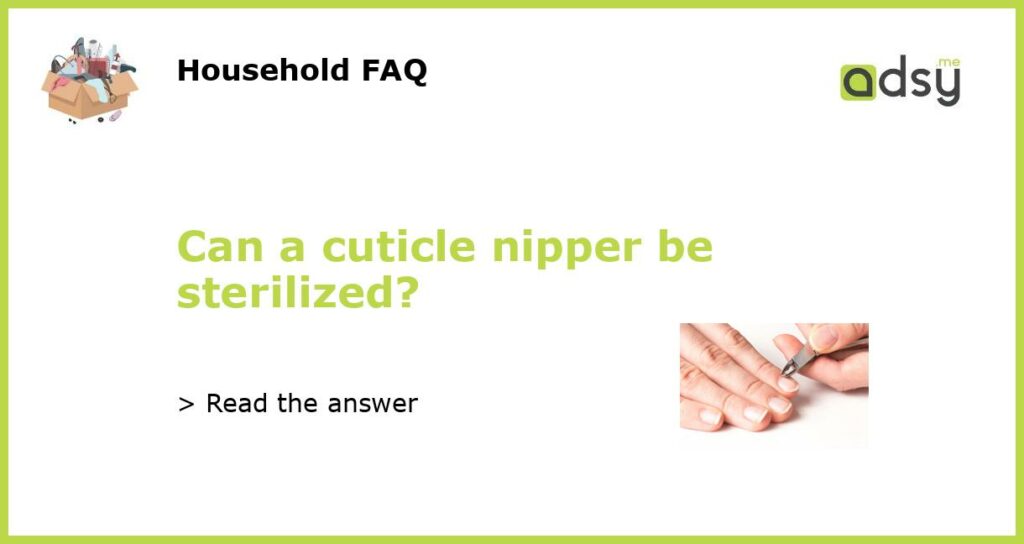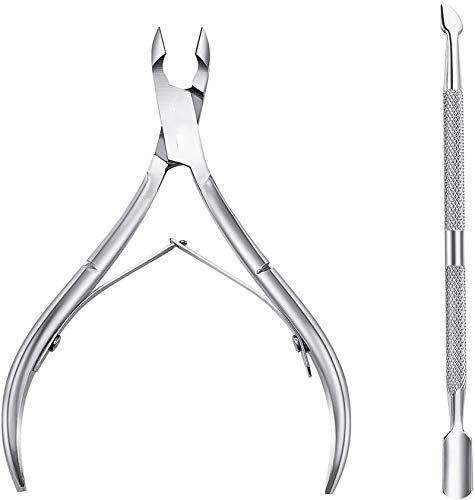Can a Cuticle Nipper be Sterilized? Here’s What You Need to Know
Whether you’re a professional nail technician or just take your self-care routine seriously, you know the importance of using clean and sterilized tools. One common tool found in most nail care kits is the cuticle nipper, used to trim excess skin around the nail bed. But can a cuticle nipper be sterilized? The answer is yes, but there are some important things to keep in mind.
First, it’s important to understand the difference between cleaning and sterilizing. Cleaning involves removing dirt, debris, and any visible residue from the tool, while sterilizing involves killing any bacteria, viruses, or fungi on the surface. While cleaning is important, sterilizing is crucial for preventing the spread of infectious diseases.
How to Clean a Cuticle Nipper
To properly sterilize a cuticle nipper, it must first be thoroughly cleaned. This can be done by using a soft-bristled brush and warm, soapy water to scrub the tool. Be sure to pay attention to any crevices or hard-to-reach areas. Rinse the tool with clean water and dry thoroughly with a clean towel.
Sterilization Options for Cuticle Nippers
Once the cuticle nipper is clean, it can be sterilized using a variety of methods. One common method is to use an autoclave, a machine that uses high-pressure steam to kill any microbes on the surface of the tool. Another option is to use a cold sterilization solution, which comes in liquid or spray form and is designed to kill bacteria and viruses. It’s important to follow the manufacturer’s instructions when using a cold sterilization solution, as dilution and contact time can vary.
Safety Precautions to Take
When sterilizing a cuticle nipper, it’s important to take safety precautions to prevent injury or damage to the tool. Always wear gloves when handling chemical sterilizing agents, and make sure the tool is completely dry before using it again. Additionally, be sure to store the tool in a clean, dry place to prevent contamination.
When to Replace a Cuticle Nipper
While a cuticle nipper can be sterilized and used multiple times, it should eventually be replaced. Signs that it’s time to replace a cuticle nipper include rust, damage to the cutting edges, or a decrease in sharpness. Using a tool in poor condition can lead to injury or cause the skin to tear, increasing the risk of infection.
Final Thoughts
In conclusion, a cuticle nipper can be sterilized using an autoclave or cold sterilization solution. It’s important to thoroughly clean the tool first, take safety precautions, and replace the tool when necessary. By following these guidelines, you can ensure that your cuticle nipper is clean, sterile, and safe to use.






